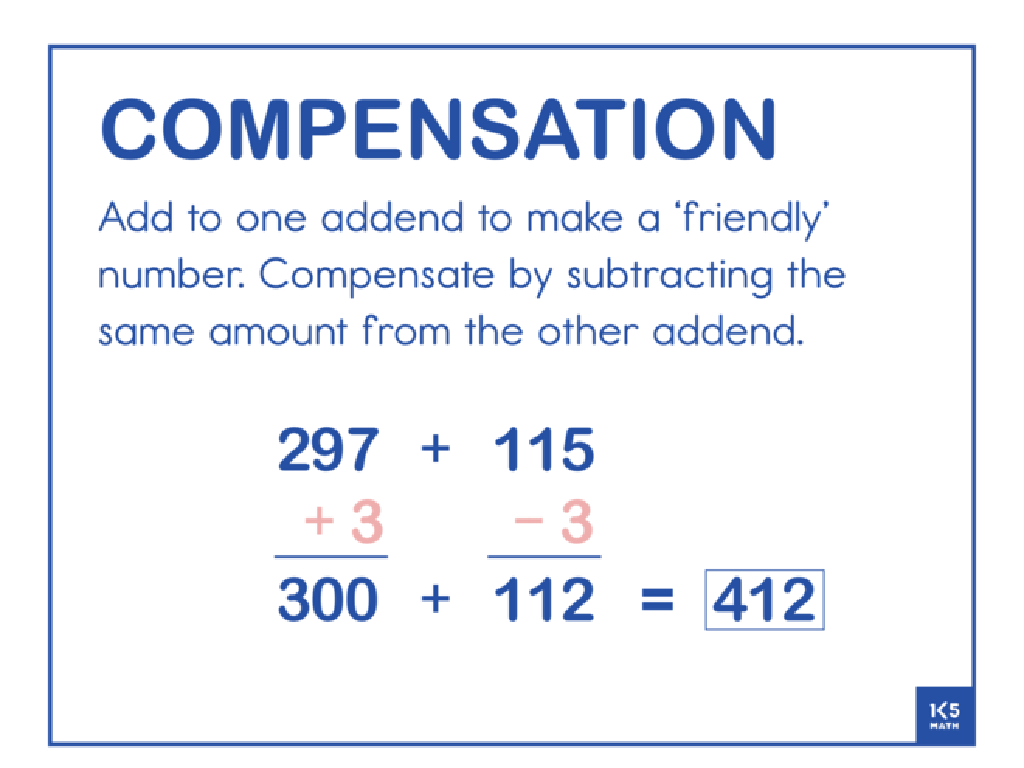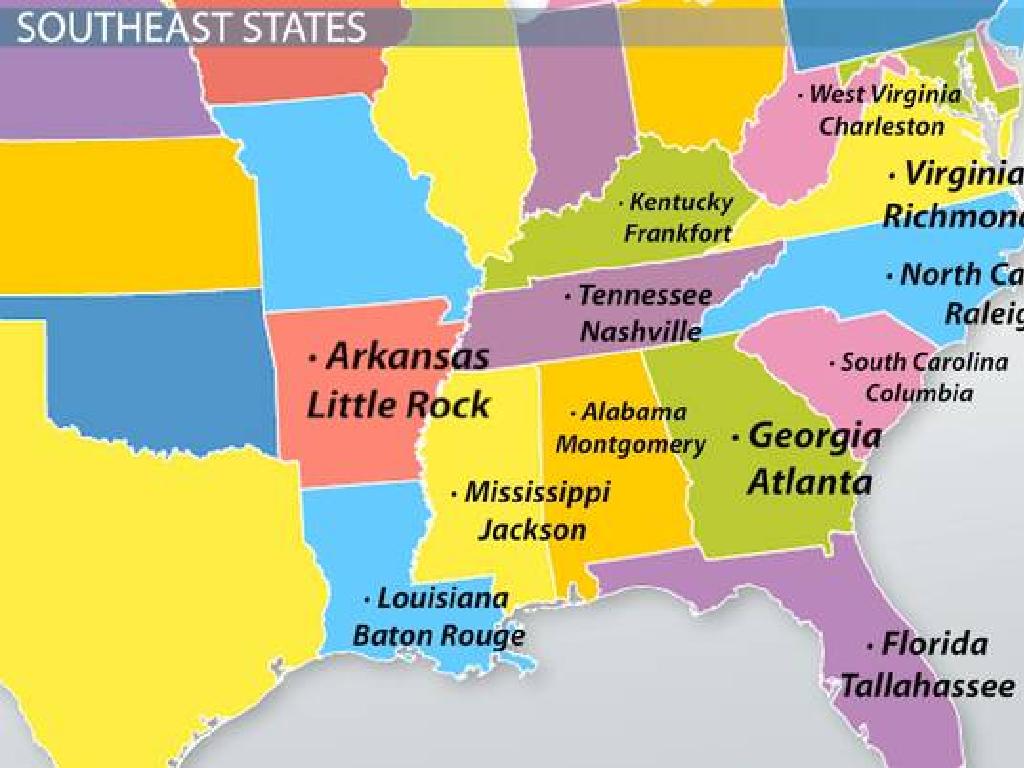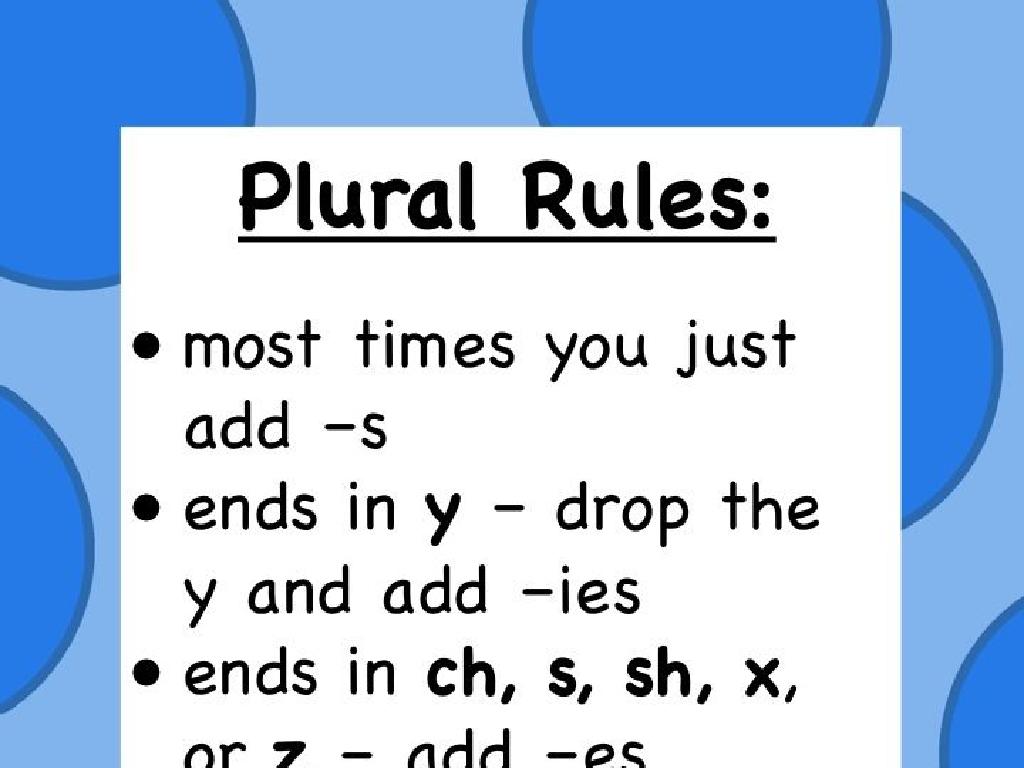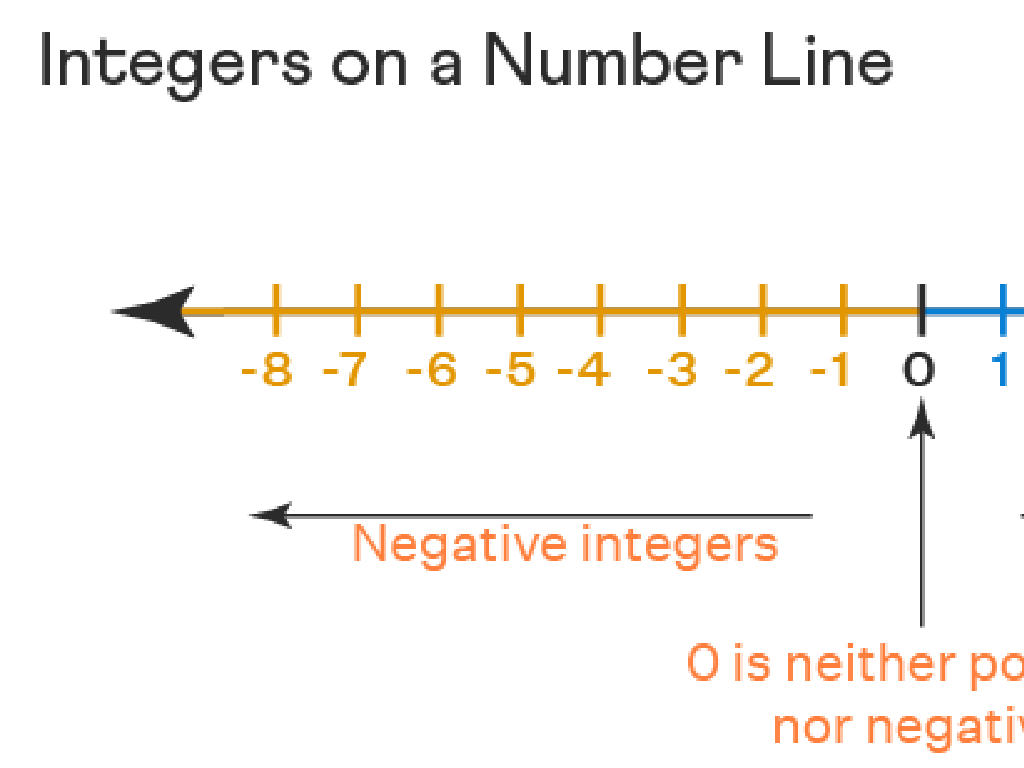Identify Facts And Opinions
Subject: Social studies
Grade: Sixth grade
Topic: Social Studies Skills
Please LOG IN to download the presentation. Access is available to registered users only.
View More Content
Facts vs. Opinions in Social Studies
– Fact vs. Opinion: What’s the difference?
– A fact is something true and can be proven. An opinion is what someone believes or thinks.
– Importance in history and current events
– Knowing the difference helps us understand bias and perspective in historical sources and media.
– Identifying facts and opinions in daily life
– Fact: The sky is blue. Opinion: Chocolate is the best ice cream flavor.
– Practice distinguishing facts from opinions
– We’ll do activities to spot facts and opinions in articles and discussions.
|
This slide introduces the concept of facts and opinions, which is crucial for students to grasp in order to critically analyze information in social studies. Start by defining a fact as a statement that can be proven true or false, and an opinion as a belief or judgment that reflects personal feelings. Emphasize the significance of distinguishing between the two when studying historical events and evaluating news sources, as this skill aids in understanding different perspectives and biases. Provide everyday examples to make the concept relatable, and prepare interactive activities where students can apply their knowledge by identifying facts and opinions in various texts.
Distinguishing Facts in Social Studies
– Define a fact
– A fact is a statement that can be proven true.
– Characteristics of facts
– Facts are supported by evidence and can be checked.
– Fact verification
– How can we verify facts? Look for reliable sources!
– Fact examples in social studies
– Historical dates or demographic data are facts.
|
This slide introduces students to the concept of facts within the context of social studies. A fact is a statement that can be proven true or false with evidence. It’s important for students to understand that facts are objective and verifiable, meaning they can be checked for accuracy. In social studies, facts can include historical events, dates, or data about populations. Encourage students to always seek evidence and reliable sources when determining whether a statement is a fact. Provide examples of facts from social studies, such as the date of the Declaration of Independence or population figures from a census, and discuss how these can be verified through research.
Understanding Opinions in Social Studies
– Define an opinion
– A view or judgment formed about something, not necessarily based on fact
– Characteristics of opinions
– Opinions are based on personal feelings, beliefs, or judgments rather than evidence
– Opinions in social studies
– ‘Democracy is the best form of government’ is an opinion because it reflects a personal belief
– Distinguishing from facts
– Opinions may be supported by facts, but they are subjective and can vary from person to person
|
This slide introduces the concept of opinions, which are central to understanding perspectives in social studies. An opinion is a personal belief or judgment that can be influenced by an individual’s values, culture, or experiences. It’s important to teach students that opinions are not facts; they are subjective and can differ among individuals. Use examples from social studies, such as statements about government, policies, or historical interpretations, to illustrate how opinions can shape our understanding of the world. Encourage students to think critically about the opinions they encounter and to recognize the difference between fact-based statements and personal viewpoints.
Comparing Facts and Opinions
– Distinguishing facts from opinions
– Facts can be proven true; opinions express beliefs or feelings.
– Signal words for opinions
– Words like ‘believe’, ‘feel’, or ‘think’ often introduce opinions.
– Practice with sample sentences
– We’ll look at examples to identify what’s factual and what’s opinion-based.
|
This slide is aimed at helping students understand the difference between facts and opinions, which is a crucial skill in social studies. Start by explaining that facts are statements that can be proven true or false, while opinions are based on personal feelings, beliefs, or preferences and cannot be proven. Highlight signal words that often indicate an opinion, such as ‘believe’, ‘feel’, ‘best’, ‘worst’, or ‘should’. Use sample sentences to give students practice in distinguishing between the two, asking them to justify their reasoning. This exercise will enhance their critical thinking and analytical skills, which are essential for evaluating information in social studies.
The Role of Facts and Opinions in Media
– Differentiate facts from opinions
– Facts are verifiable truths; opinions are personal beliefs
– Critical analysis of information
– Question and evaluate the credibility of sources
– Facts & opinions in arguments
– Use facts to support opinions in debates
– Media literacy for students
– Understanding bias and perspective in news
|
This slide emphasizes the importance of distinguishing between facts and opinions, especially in the context of media and reporting. Students should understand that facts are objective and can be proven, while opinions are subjective and based on personal feelings. Teaching critical thinking skills is crucial for students to become discerning consumers of information, questioning the reliability of their sources. Additionally, understanding the interplay of facts and opinions is key to forming coherent arguments and participating in informed debates. Media literacy is an essential skill, enabling students to recognize bias and perspective in news reports and other information outlets.
Class Activity: Fact or Opinion?
– Work in groups to sort statements
– Present findings to the class
– Explain reasoning behind choices
– Why did you decide if a statement was a fact or an opinion?
– Discuss challenging statements
– Share which statements caused disagreements and why
|
This activity is designed to enhance students’ critical thinking skills by distinguishing between factual statements and opinions. Divide the class into small groups and provide a list of mixed statements. Each group will categorize the statements and then select a representative to present their findings to the class, explaining the rationale behind their categorization. Encourage a class discussion on any statements that sparked debate within the groups. This will help students understand the nuances of language and how context can affect the perception of information. As a teacher, be prepared to guide the discussion, clarify misconceptions, and provide examples if necessary. Possible activities for different groups could include sorting statements from a news article, creating their own fact and opinion statements, or analyzing quotes from historical figures.






